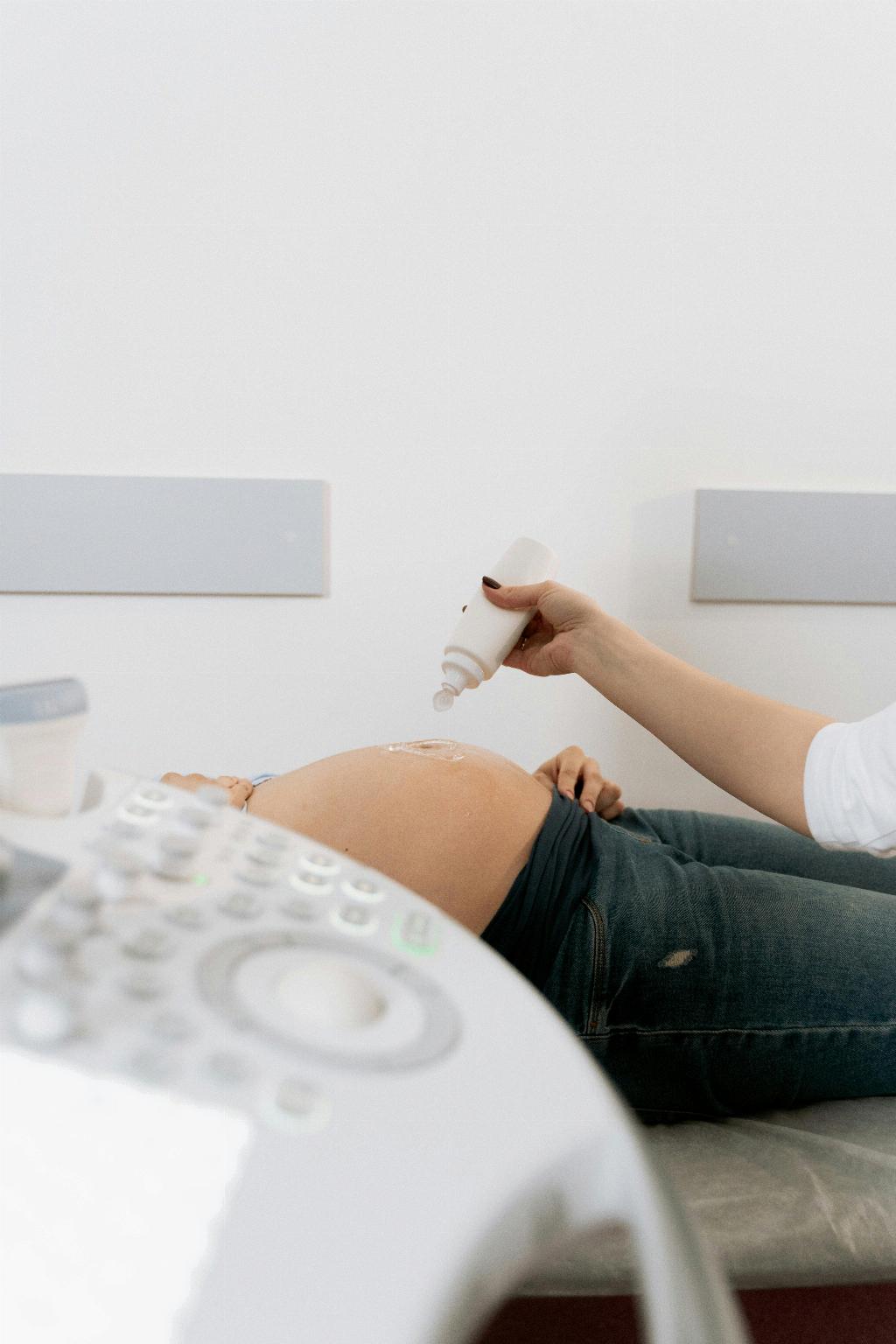During pregnancy, the way your baby bump positions itself can sometimes spark curiosity and questions among expectant mothers. One common query that arises is, “What Does a Low Pregnancy Bump Mean?” This phenomenon occurs when the largest part of the abdomen is situated lower, near the pelvis, rather than higher up.
Potential Factors Influencing a Low Pregnancy Bump
Several factors can contribute to the positioning of a low pregnancy bump. Women carrying multiples, such as twins or triplets, often tend to carry lower due to the increased weight and size of the babies. Additionally, if you are experiencing your second or third pregnancy, your abdominal muscles may not be as taut as they were during your first pregnancy, causing the bump to sit lower.
Impact of Abdominal Muscles on Bump Placement
Strong abdominal muscles play a crucial role in supporting the growing uterus and the developing fetus. If your abdominal muscles are weaker due to various reasons, such as lack of exercise or previous pregnancies, the bump may tend to sag lower. This is commonly observed in women with diastasis recti, a condition where the abdominal muscles separate, leading to a protruding belly.
Connection Between Baby’s Position and Pregnancy Bump
The position of the baby in the uterus can also affect the appearance of the pregnancy bump. If the baby is positioned lower in the pelvis, it can push the uterus down, causing the bump to appear lower. Conversely, a baby in a higher position may result in a bump that sits higher on the abdomen.
Effects of Pelvic Structure on Bump Placement
The structure of your pelvis can influence how your pregnancy bump presents itself. A wider pelvis may provide more room for the baby to descend lower, leading to a low-lying bump. Conversely, a narrower pelvis might restrict the baby’s movement, causing the bump to be positioned higher on the abdomen.
Embracing the Uniqueness of Your Pregnancy Bump
Every pregnancy is unique, and the way your bump positions itself is just one of the countless variations that make each journey special. Whether your bump sits high or low, it is essential to focus on the health and well-being of both you and your baby, rather than fixating on the aesthetics or positioning of the bump.
Consulting with Healthcare Providers
If you have concerns about the placement of your pregnancy bump or if you experience discomfort associated with it, do not hesitate to consult with your healthcare provider. They can assess your individual situation, provide guidance on proper prenatal care, and address any underlying issues that may be contributing to the position of your bump.
Importance of Proper Prenatal Care
Receiving adequate prenatal care throughout your pregnancy is vital for monitoring both your health and the development of your baby. Regular check-ups with healthcare professionals allow for the early detection of any potential complications and ensure that you and your baby receive the necessary support and interventions to promote a healthy pregnancy and delivery.
Emotional Well-being during Pregnancy
It is normal to experience a range of emotions during pregnancy, including curiosity, joy, anxiety, and uncertainty. Remember that your body is undergoing incredible changes to nurture and bring new life into the world. Take time to prioritize self-care, seek support from loved ones, and communicate openly with your healthcare provider about any concerns or questions you may have.
Celebrating the Miracle of Pregnancy
Regardless of whether your pregnancy bump sits high, low, or somewhere in between, it symbolizes the miraculous journey of carrying and nurturing a new life within you. Embrace the changes, marvel at the wonder of creation, and cherish each moment of this extraordinary experience as you prepare to welcome your precious little one into the world.

